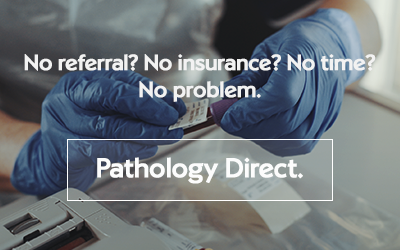Blood test procedure explained
- Overview
I take blood everyday and my patients are all different, but a phobia or dislike of needles and blood is common and nothing to be ashamed of. Some feel anxious, a few feel faint - others have no trouble at all. Health professionals are used to it, and will help you through any concerns because in the end, having your blood tested is a vital part of staying healthy.
Getting comfortable
At Nuffield Health Guildford and many of our other sites we use a specialist phlebotomy chair that can be adjusted to comfortable position for you. If you're prone to feeling faint or passing out we can lie the chair down so that you're safe and as much blood flows to your brain as possible.
Assessing the veins
A lot of patients worry because previous experience has proved that finding an appropriate vein can be difficult. We'll have a look to see if we can identify the best vein to take the blood from. If we can't find one that looks suitable we can put a warming pad on for a few minutes which will encourage the veins to come up. Once we've found the right vein we put the tourniquet on to get the blood pressure up.
Preparing the skin and needle
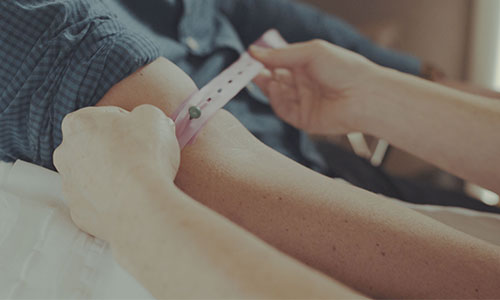

We then clean the area of skin where we'll insert the needle. This is to prevent any bacteria on your skin getting into your blood stream. All needles are single-use and are kept in a sterile case before use. We connect the needle to a tube with a receiver on the end that accommodates small vacuum bottles. These can be changed over as many times as is needed without the need to prick you with multiple needles.
The hard part
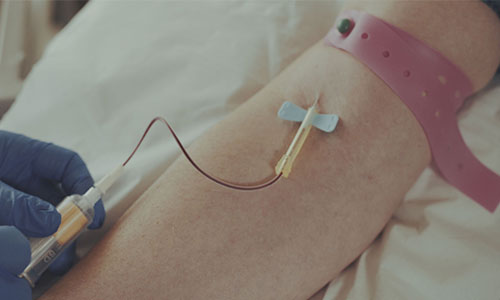
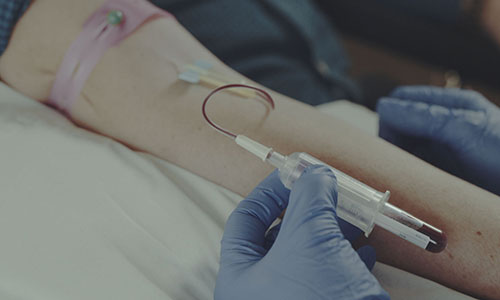
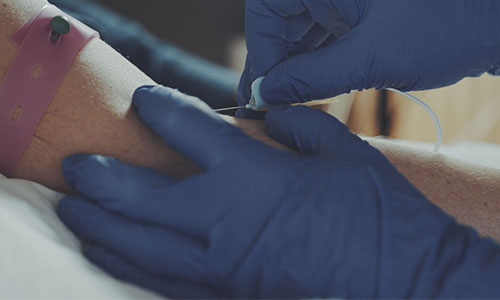
When we prepare to put the needle in we'll make sure you're comfortable and try to distract you a little if necessary. There's no need to prove your bravery by watching every step, so we'll encourage you to look away if you'd prefer. Most patients hardly notice the needle go in and if anything you'll feel a little scratch as it penetrates the skin.
Once the needle is in you shouldn't feel any further discomfort, but some patients get a little anxious as the blood begins to flow out. As this happens, we change over the bottles to gather all the samples requested by your GP or Consultant. You can't feel this happening and it has no impact on the position of the needle in the vein. It's best to just lie back, relax and keep breathing. It will all be over in just a few minutes.
All done
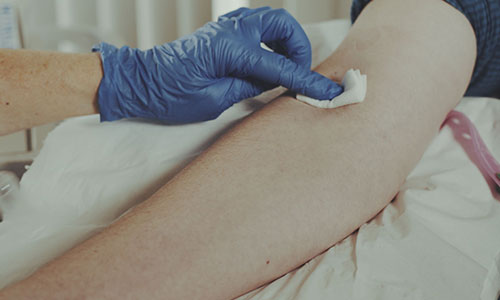
When we have all the samples we need, we slip the needle out and place a piece of sterile gauze over the affected area. We ask you to hold this in place while we make the needle safe before popping a small plaster on your arm. If you're feeling faint, there's no rush to get up and leave. We'll stay with you while you recover and help you on your way.
What happens next? Find out what happens inside the pathology lab.
Last updated Thursday 6 December 2018
First published on Wednesday 9 December 2015


